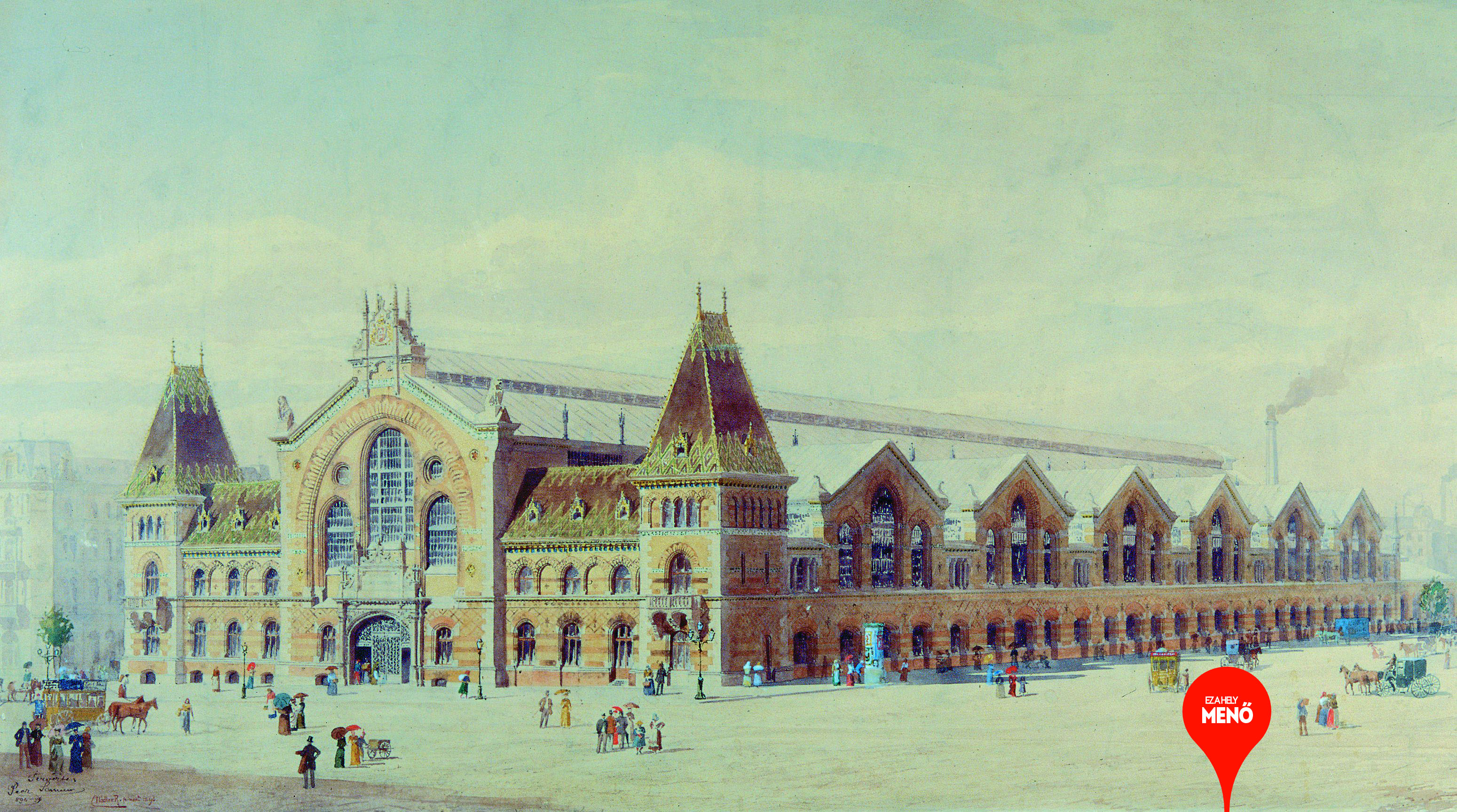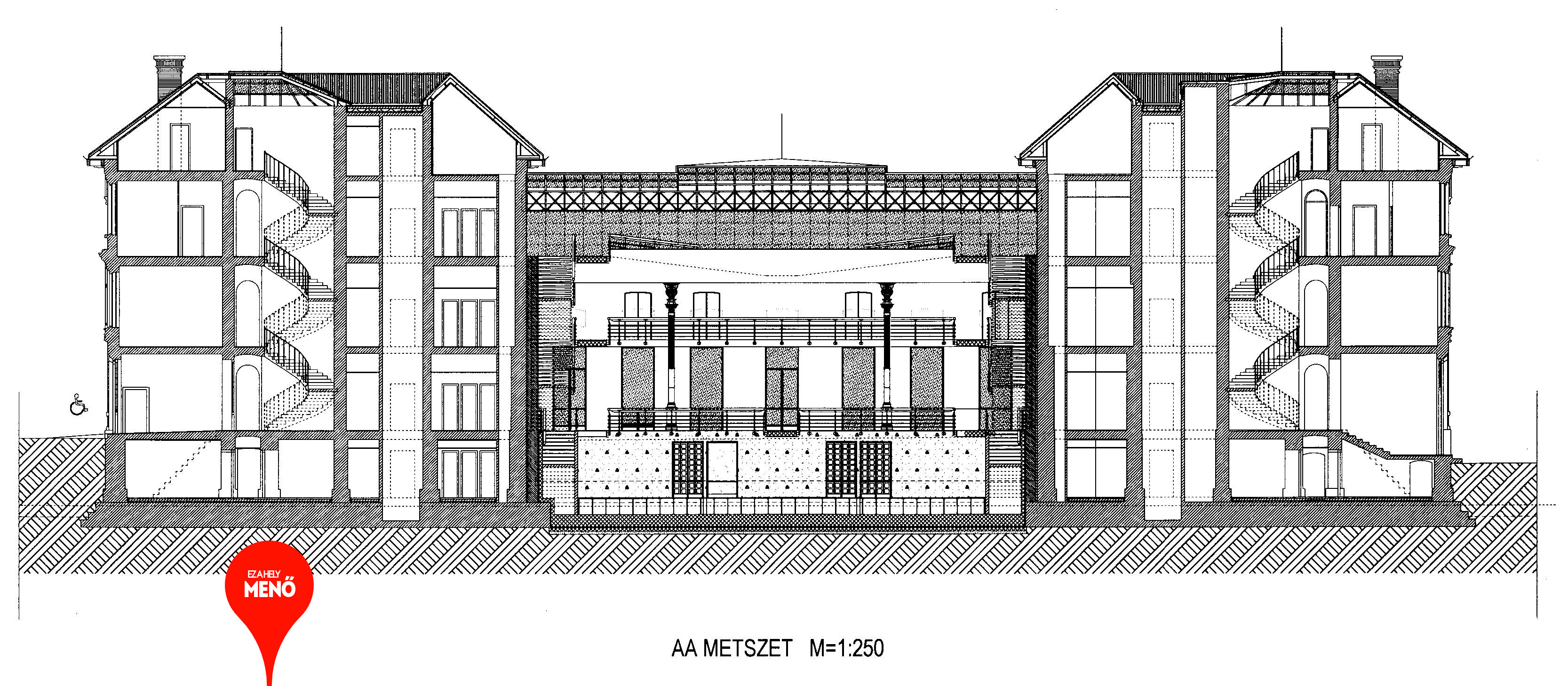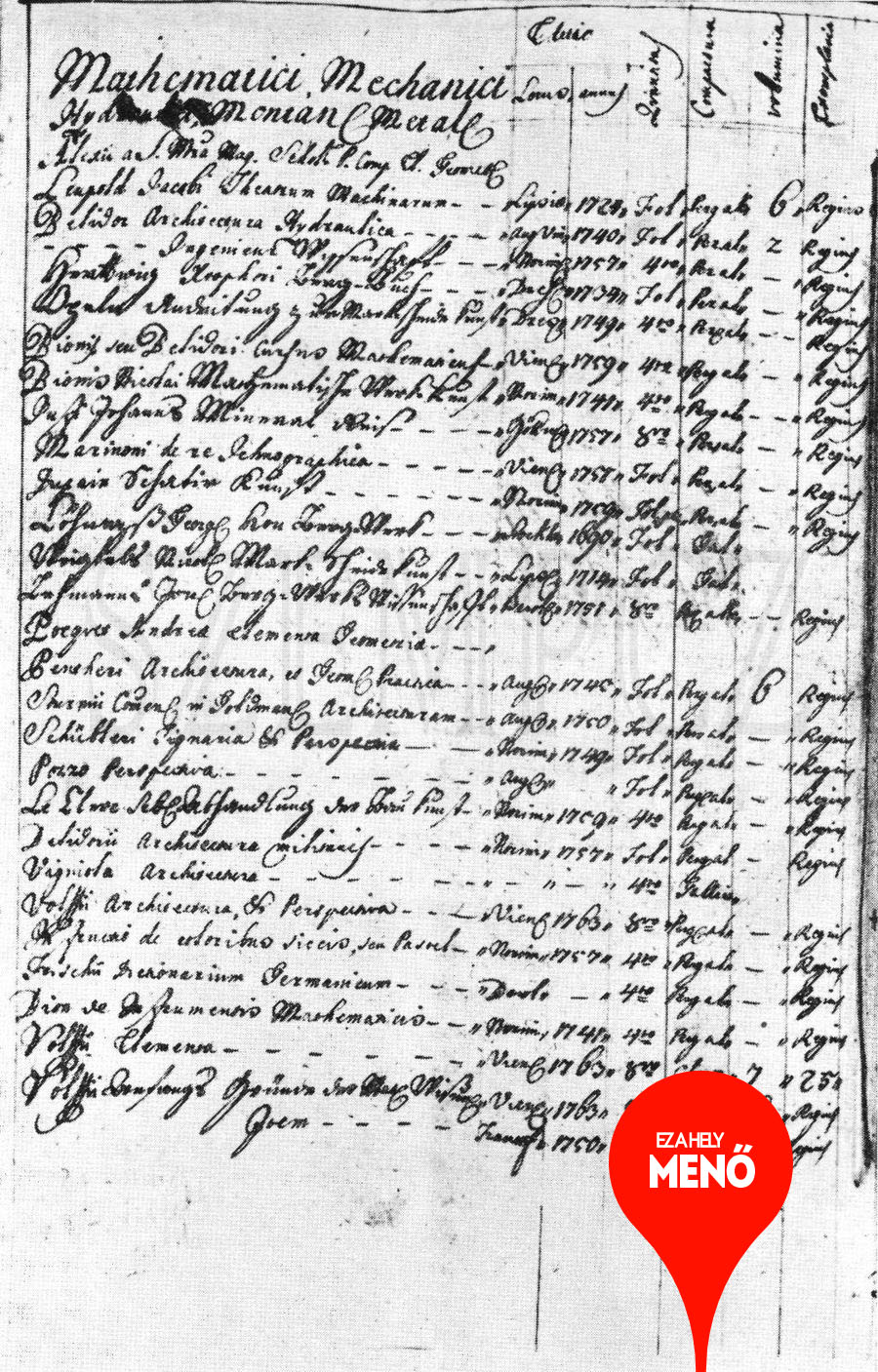SÓHÁZ
Who would have thought a street or a building could be named after a solid, crystal-based chemical substance? Probably not that many people, even though there are official records and street plans proving that such places existed, dating back all the way to the 18th century. Salt (or só in Hungarian) is the most frequently used food seasoning on Earth, and it seems Budapest started using it very early on when naming its city spaces.
The salt market situated beside Salzgasse and Fővámház (or Chief Customs House, later on called Só Square and Régi só Square) and the area around the current Great Market Hall of Budapest were home to a tobacco warehouse, an exchange office, and flats for officials working there. After their demolition, a customs house was built here in 1874, later being used for various other purposes, before becoming the main campus of the Hungarian University of Economics, now called the Corvinus University of Budapest. The building was designed by famed Hungarian architect Miklós Ybl – you can learn more about its exciting history nearby, at the COOL point under Fővám Square 8.



